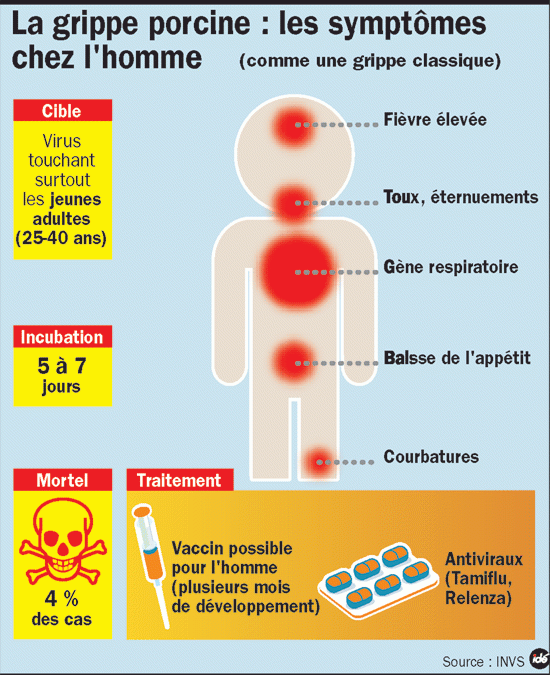-
 Hipparcos
Hipparcos
-
 Fauna
Fauna
-
 Diester
Diester
-
 Multimedia
Multimedia
-
 Haplodiploidy
Haplodiploidy
-
 Complexing reaction
Complexing reaction
-
 Limestone
Limestone
-
 M81
M81
-
 Quantum computer
Quantum computer
-
 eDonkey
eDonkey
-
 Photoelectric
Photoelectric
-
 Declination
Declination
-
 Antibodies
Antibodies
-
 Osmosis
Osmosis
-
 Bilirubin
Bilirubin
-
 Aberrant
Aberrant
-
 Branch
Branch
-
 Pistil
Pistil
-
 Solar eclipse of 11 August 1999
Solar eclipse of 11 August 1999
-
 Radiotherapy
Radiotherapy
-
 Dormitory
Dormitory
-
 Transcriptome
Transcriptome
-
 M20
M20
-
 Richter Scale
Richter Scale
-
 Virtual circuit
Virtual circuit
-
 Supercooling
Supercooling
-
 Eczema
Eczema
-
 Rosemary
Rosemary
-
 Ganymede
Ganymede
-
 Garrigue
Garrigue
Influenza A
Influenza due to an A type virus. There are three types of influenza called A, B, and C. They are all Myxovirus influenzae, belonging to the Orthomyxoviridae group, whose genetic material is formed from RNA.
The C virus genome changes little over time. Because of this they are the least dangerous as the animal immune system learns to recognise them and vaccines, which also recognise them, remain effective for long periods of time. They only cause isolated cases of influenza.
The B viruses evolve slowly, changing regularly by mutations, proteins on their surface (the capsid) which are recognised by the immune system. Changes in these proteins (antigens) therefore fool the immune system. However, successive variants of the B viruses resemble each other so much that acquired immunity persists. They can cause epidemics.
The A viruses change their surface proteins profoundly with the result that their mutations then make new viruses to the immune system. A vaccine which has been effective until that point then ceases to be effective. These are the viruses which cause the most serious epidemics.
Sub-types of the A virus are defined according to variants in two surface proteins, haemagglutinin (HA) and neuraminidase (NA). There are currently 15 known HA and 9 NA. An A(H1N1) virus is therefore a type A virus with a type 1 HA and a type 1 NA. This is the swine flu and Spanish flu virus. The bird flu virus is sub-type A (H5N1).
 Symptoms of A(H1N1) flu, so-called swine flu, are similar to those of seasonal influenza. © Infographie IDE, source INVS
Symptoms of A(H1N1) flu, so-called swine flu, are similar to those of seasonal influenza. © Infographie IDE, source INVS
Latest
Fill out my online form.



